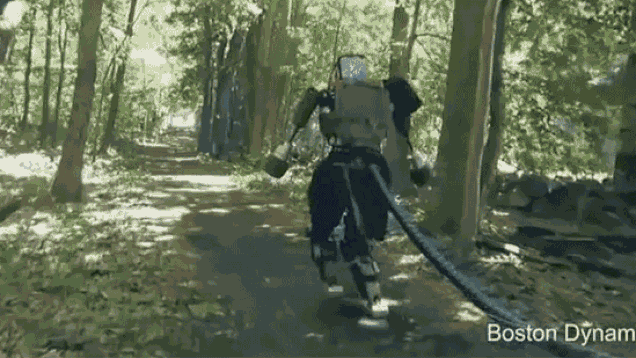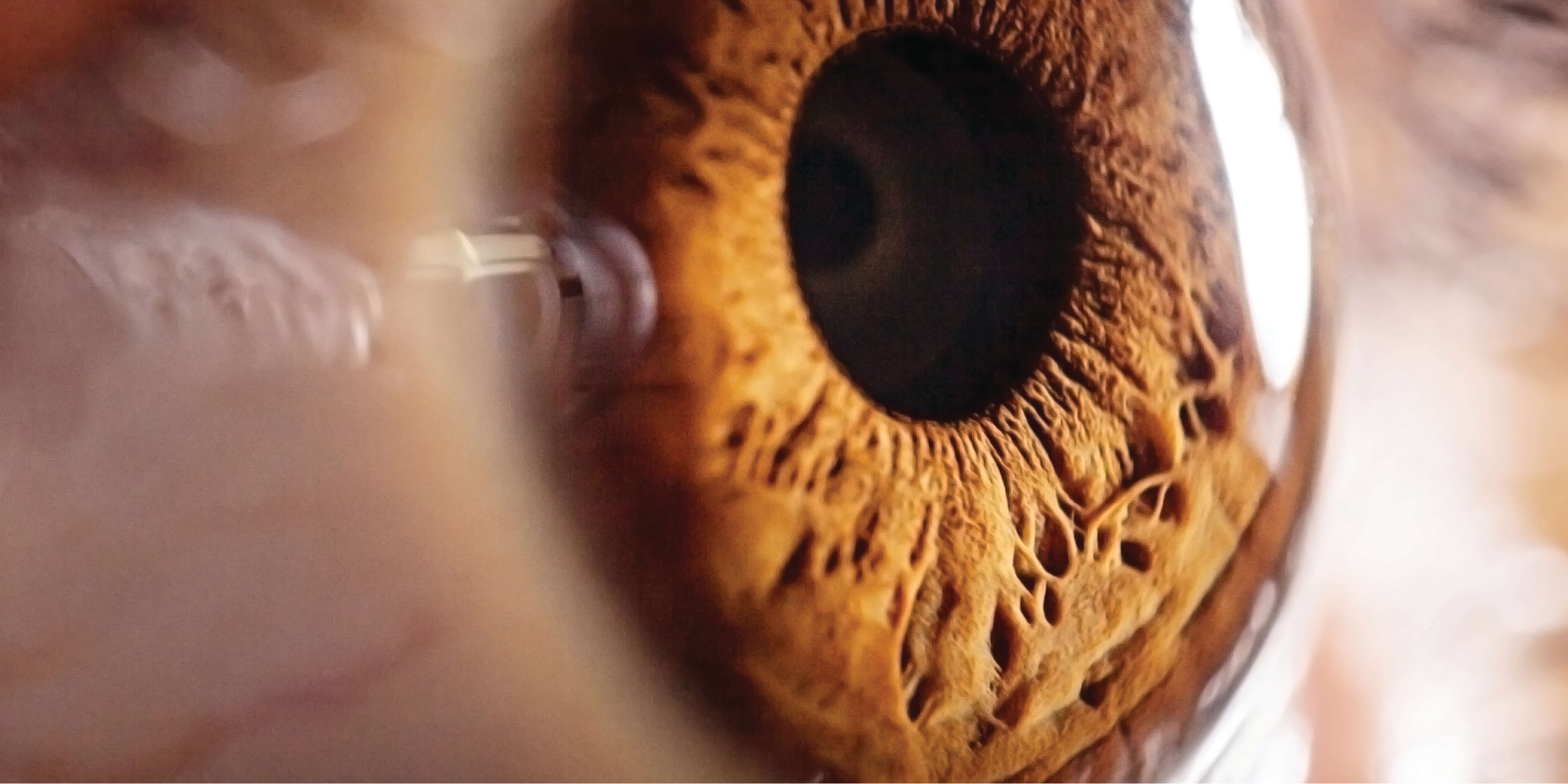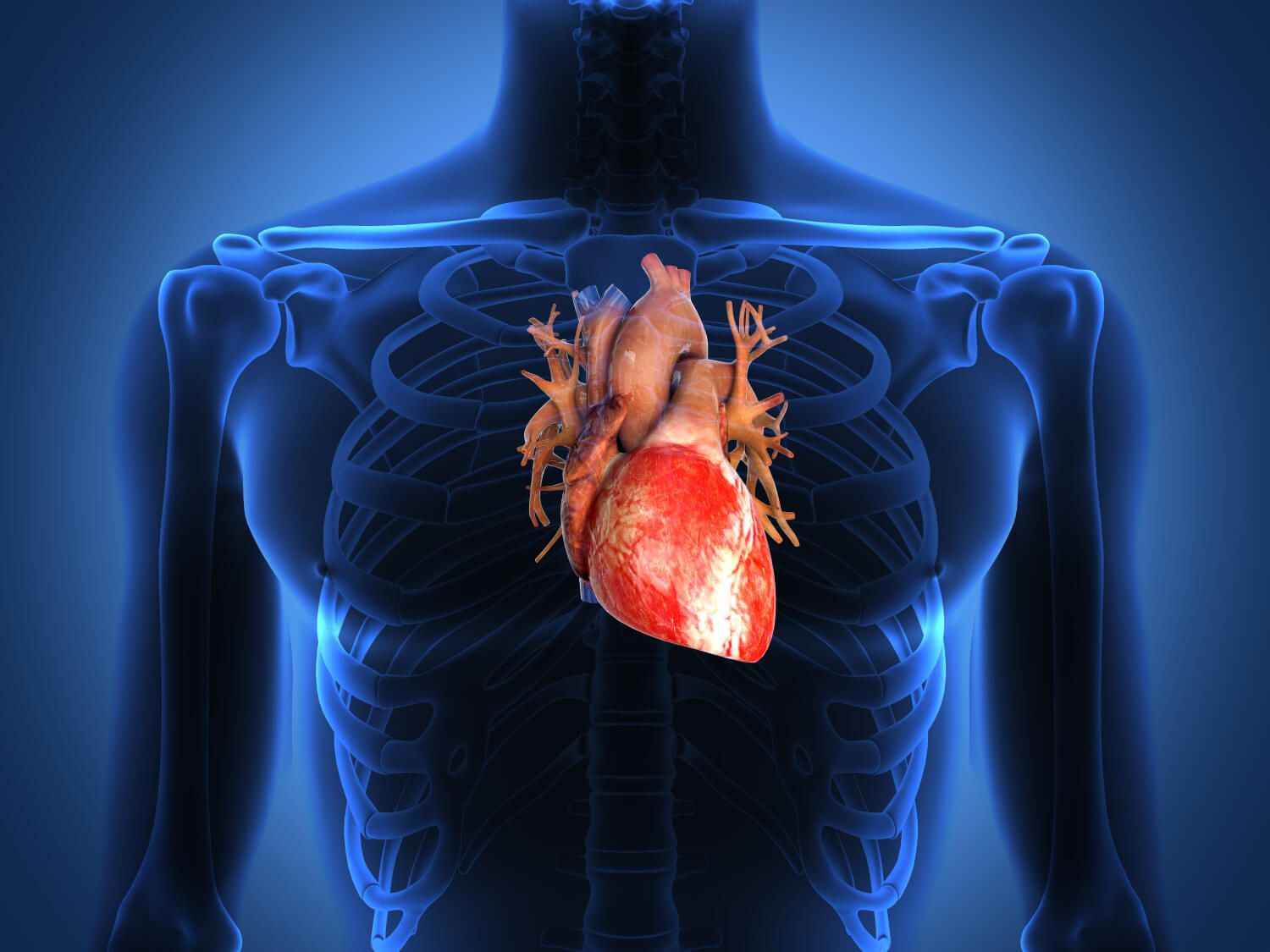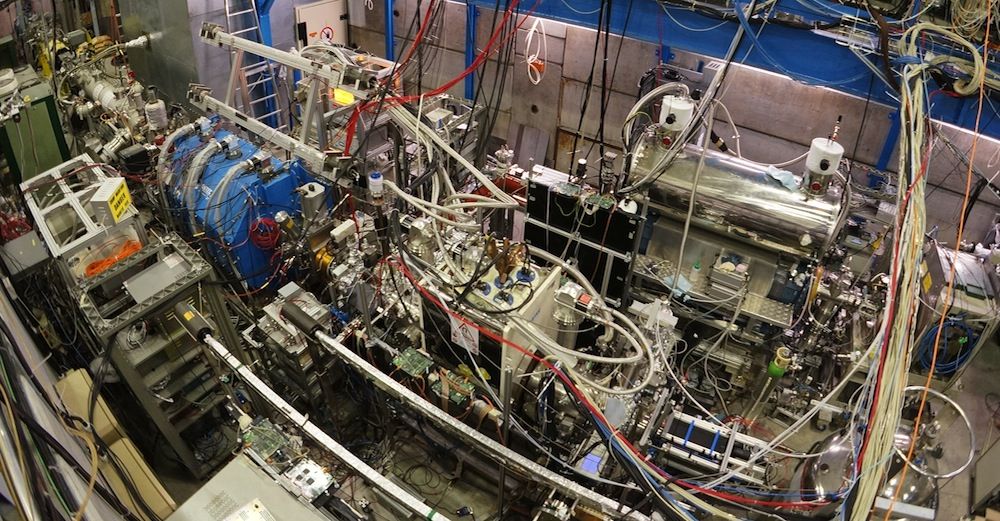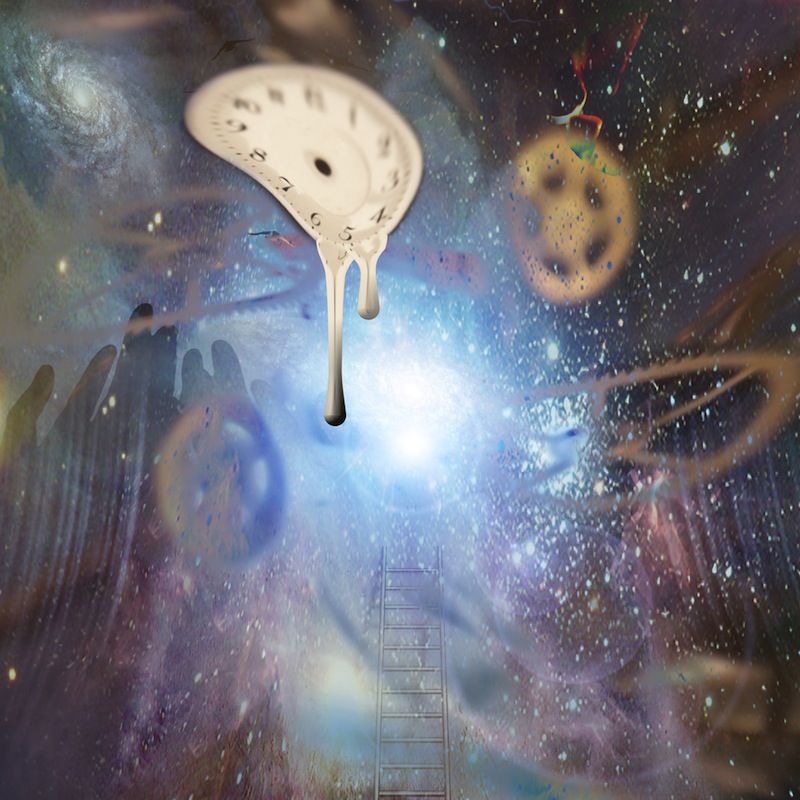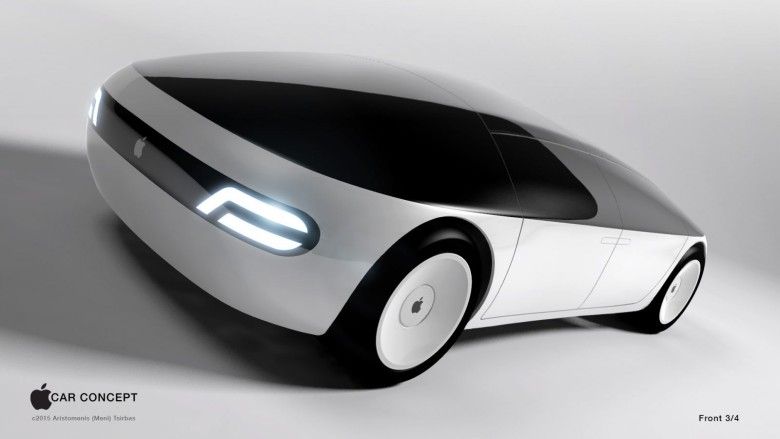“I am excited to introduce the first wave of TechLuxe in a form of a resin handbag with an LCD video screen. The idea is to radically bring technology to fashion, but with creative beauty within a functional beautifully designed bag.”
Possible cause of the singularity Boston Dynamics is secretive about upcoming projects, but new footage shows their robots in action—and the results are highly unsettling.
First you can see Spot, an agile autonomous quadruped ripped directly from Isaac Asimov’s nightmares, opening a door with the arm it sports instead of a face. Spot would almost be adorable the way it trots around on four legs except for the protruding face-arm that will turn the handle on your front door with its superstrength. Sleep well tonight.
August 17, 2015 Boston Dynamics, which Google bought in 2013, has begun testing one of its humanoid robots — those that are designed to function like humans — out in the wild. Marc Raibert, the founder of Boston Dynamics, talked about the research and showed footage of the project during a talk on Aug. 3 at the 11th Fab Lab Conference and Symposium in Cambridge, Mass.
“Out in the world is just a totally different challenge than in the lab,” Raibert said at the conference, which was organized by the Fab Foundation, a division of the Massachusetts Institute of Technology’s Center for Bits and Atoms. “You can’t predict what it’s going to be like.”
Boston Dynamics has tested its LS3 quadruped (four-legged) robot out in natural settings in the past. But humanoid robots are different — they can be much taller and have a higher center of gravity. Keeping them moving on paved asphalt is one thing, but maneuvering them through rugged terrain, which is what Boston Dynamics’ Atlas robots dealt with recently during the DARPA Robotics Challenge, can be trickier.
If you’ve ever watched someone experience virtual reality for the first time, you know it can involve screaming, flapping arms, and occasional falls.
On one level people know their bodies are safe on the stable chair, but as their minds are catapulted through outer space on a spaceship to Mars or beamed into a refugee camp in Syria —they can’t help but lose their grip on reality and go along for the ride.
In fact, our brains don’t even require photorealism for suspension of disbelief in VR. A choppy CGI rendition will cause our heart rates to increase and our palms to get sweaty when we’re riding a virtual roller coaster or standing on the edge of a virtual building looking at the ground 30 stories below.
What will happen when the technology has evolved to the point that people actually prefer virtual reality experiences to real ones?
EchoPixel uses virtual reality to help doctors visualize each patient’s unique anatomy and internal structure in a floating 3D image.
Meanwhile there is something important going on in the fight against baldness.
As in the majority of tissues, the hair follicle has stem cells. There are two types of stem cells that are responsible for the continuous renewal of the follicles. The first type is called active stem cells and they start dividing quite easily. Stem cells of the second type are called quiescent and in case of the new hair growth they don’t start dividing as easily. At the same time, the new hair is based primarily on quiescent cells, which attracted close attention of researchers to these cells. At first people thought that baldness was due to this type of cells.
However, recent studies showed that bald men did have those quiescent cells in their follicles. The problem was that they didn’t divide at all and didn’t contribute to forming new hairs.
This means that even a bald person still has the potential to grow new hair, but because of lack of some regulatory factors quiescent cells can’t start replicating.
Elaine Fuchs was able to identify these regulatory factors in her study published in Cell. Apparently, it’s all about the transit-amplifying cells that are the progeny of the active stem cells.
Matter and antimatter appear to be perfect mirror images of each other as far as anyone can see, scientists have discovered with unprecedented precision, foiling hope of solving the mystery as to why there is far more matter than antimatter in the universe.
Everyday matter is made up of protons, neutrons or electrons. These particles have counterparts known as antiparticles — antiprotons, antineutrons and positrons, respectively — that have the same mass but the opposite electric charge. (Although neutrons and antineutrons are both neutrally charged, they are each made of particles known as quarks that possess fractional electrical charges, and the charges of these quarks are equal and opposite to one another in neutrons and antineutrons.)
The known universe is composed of everyday matter. The profound mystery is, why the universe is not made up of equal parts antimatter, since the Big Bang that is thought to have created the universe 13.7 billion years ago produced equal amounts of both. And if matter and antimatter appear to be mirror images of each other in every respect save their electrical charge, there might not be much any of either type of matter left — matter and antimatter annihilate when they encounter each other. [The 9 Biggest Unsolved Mysteries in Physics].
Backwards time travel at faster-than-light speeds would involve the creation of spooky doubles of the time-traveling object, a new hypothesis proposes.
Apple is definitely working on a self-driving car project, and according to some new documents, Project Titan appears to be further along than anyone thought.
Rumors of Apple’s car project first starting surfacing at the beginning of this year, with an announcement not expected until 2020 at the earliest, but the Guardian reports that Apple is already trying to secure a super-secret Bay Area test facility for the electric car.

